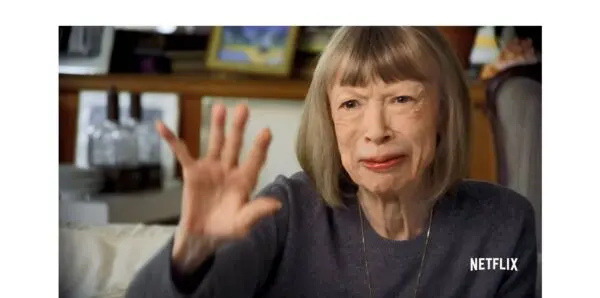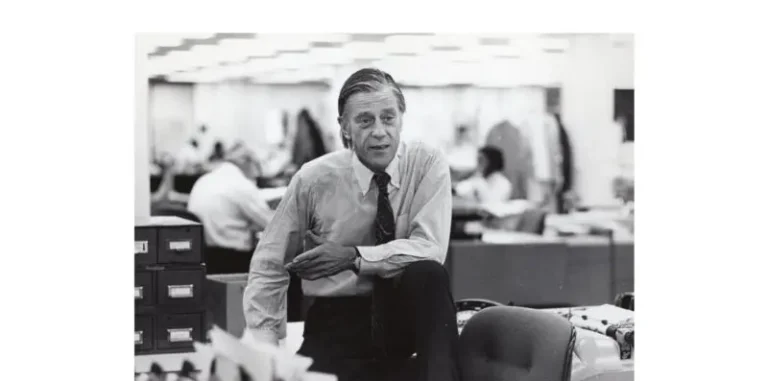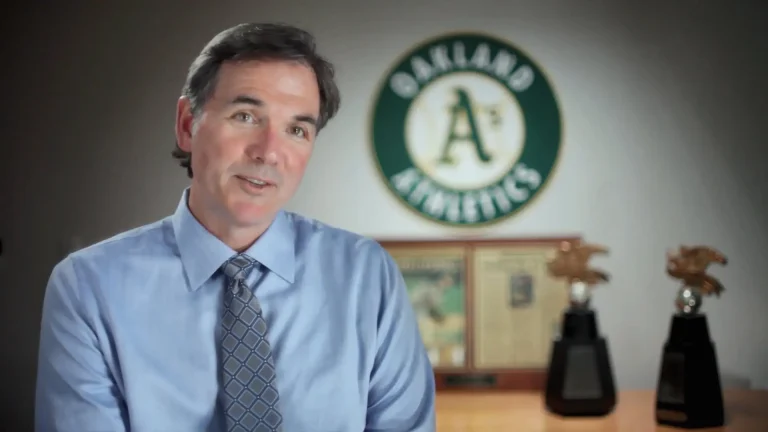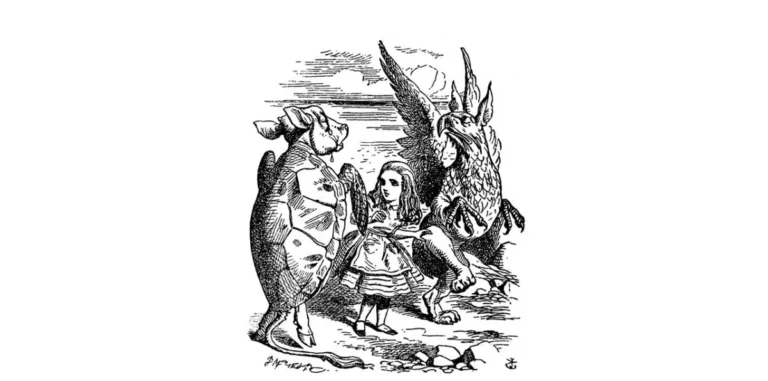How to Think Like a Storyteller
Six lessons from The Wall Street Journal
True storytellers choose the ingredients that make a good story.
If they have them, then they have something worth telling. If they don’t, then they keep reporting. Or, like any good cook, they make the recipe using what they have.
Joan Didion used another simile to explain how to structure a story.
“Writing nonfiction is more like sculpture, a matter of shaping the research into the finished thing,” she told The Paris Review in 2006.
The leaders of the podcast team at The Wall Street Journal outlined their story-structure method in March at the 2024 Boston University Power of Narrative conference.
The Journal. (that’s not a typo) team has a six-item formula, which Nieman Storyboard has nicely summarized:
- Find a character
- Create a timeline
- Use a three-act structure
- Know your driving question
- It has to mean something
- Stay focused
The Journal. team use their method on deadline, when many corporate communicators and reporters often complain there isn’t enough time to tell stories.
“The narratives are always built from a strong news hook and rooted in a keen knowledge of narrative structure,” according to Nieman Storyboard.
What’s their trick? They think like storytellers, arranging the facts to fit the structure of a good story. A motto for the rest of us: Tell the story, don’t let the story tell you.
The Journal. checklist applies just as well to written-word stories and videos as it does to podcasts. We’ll take a close look at two recent episodes.
“Will Getting Rid of the Bosses Fix the Workplace?”
March 26, 2024
Find a character. Bill Anderson, CEO of Bayer, hired in 2023. A 57-year-old biotech executive who previously was chief executive at two other companies.
Create a timeline. The timeline begins at about 3:09, with Bayer’s founding in Germany in 1863, continues with recent troubles (stock price is down 50% since 2019) and Anderson’s hiring last year. In between, the story touches on Bayer’s financial challenges.
Know your driving question. It’s in the title and again about 90 seconds in.
“I was fascinated by this idea of a company trying to get by with sort of the bare minimum number of bosses,” reporter Chip Cutter says at 1:29. “Wait, is there any way this can work? Like what is this? What are they trying to achieve here?”
Use a three-act structure. Act One, set up: The piece starts with jokes about middle managers at the beginning of the piece and continues with the new CEO’s listening tour of the company.
Employees tell Anderson they have ideas, but they’re never heard because of the layers of management.
Act Two: confrontation: The layoffs, including 40% of management jobs in the US pharma division, and Anderson’s proposal to reorganize the company, called “dynamic shared ownership.”
At 8:47, Host Ryan Knutson says, “The CEO’s job is on the line, but the fate of this company is too, in a lot of ways.”
Most of the report focuses on Anderson’s explanation of his plan and the points of tension during the rollout.
Act Three, the resolution. “He is on to something here,” Cutter says at about 16:58, but getting from here to there comes with a note of uncertainty. “We’re going to see over the next year as this plays out like what happens at Bayer,” he adds at 18:02
It has to mean something. Why should the audience care? This is addressed in the first sentence: “Hating on your boss is kind of a national pastime, especially if you’re the kind of middle manager that doesn’t have much power but really wants it.”
And near the end, Cutter is asked if Anderson’s plan could “change corporate America,” at 16:48.
“I think it could be really powerful,” Cutter responds, “like a lot of employees are not happy in their corporate jobs, they feel like it’s just frustrating day-to-day.”
“Charlie Munger: Curmudgeon, Sage and Investing Legend“
Dec. 1, 2023
Find a character. Munger, vice-chairman of Berkshire Hathaway, who died in November at age 99.
Create a timeline. The episode weaves the chronology into the episode:
- Meeting Warren Buffett in 1959 (at 2:59 and again at 4:46)
- Buffet’s suggestion to Munger to become a full-time investor
- Munger becomes Berkshire vice-chairman
- Building Berkshire
- The annual meetings
- The story takes a step back, Munger’s personal story (12:14-14:05)
- The story, which begins with Munger’s death, ends with how he wanted to be remembered.
Know your driving question. “Why so many people wanted to hear what Charlie Munger had to say,” Knutson says at 2:11.
Use a three-act structure. Act One, set up: The story begins by enticing listeners to learn more about Munger even if he wasn’t a “legendary investor.” He brought the wisdom of a tireless elder who in 2019 outlasted Journal columnist Jason Zweig and a colleague at a six-hour dinner.
Act Two: confrontation: With Munger’s insights and one-liners, the story explores the driving question.
While there isn’t a direct confrontation, like the Bayer story, there’s a subtle point of tension, summed up by Knutson’s question to Zweig: “A lot of people sort of seem to think that Munger was Warren Buffett’s sidekick, but is that fair?”
Why did people listen to the No. 2, and how did that feel to Munger?
Act Three, the resolution. The story makes the case that Munger was smart, funny and didn’t have a big ego. And another quality.
“A lot of people think of capitalism as a like dog-eat-dog system, and that’s not the way he thought of it,” Zweig says. “And it’s not the way he practiced it. That’s really extraordinary and I think it comes from his background. Where else could it come from?”
It has to mean something. The Journal. staff doesn’t assume that its readers know why Munger is important.
“This week, Charlie Munger died,” Knutson says in the open. “He was a legendary investor and vice chairman of Berkshire Hathaway, one of the most valuable companies in the world.”
Stay focused
The sixth element of the podcast team’s formula should guide the reporting, uncovering the facts needed to fill in the other five elements. But it’s also very handy for editors trying to organize a piece.
Katherine Brewer, a senior editor at The Journal., said at the conference, “Know your driving question, know what you want your timeline to be, and stay within the walls of that.”
Tom Corfman loves solving puzzles, such as helping a writer put a story together. He’s a senior consultant at Ragan Consulting Group, where he directs the Build Better Writers program.
Contact our client team to learn more about how we can help you with your communications. Follow RCG on LinkedIn and subscribe to our weekly newsletter here.







